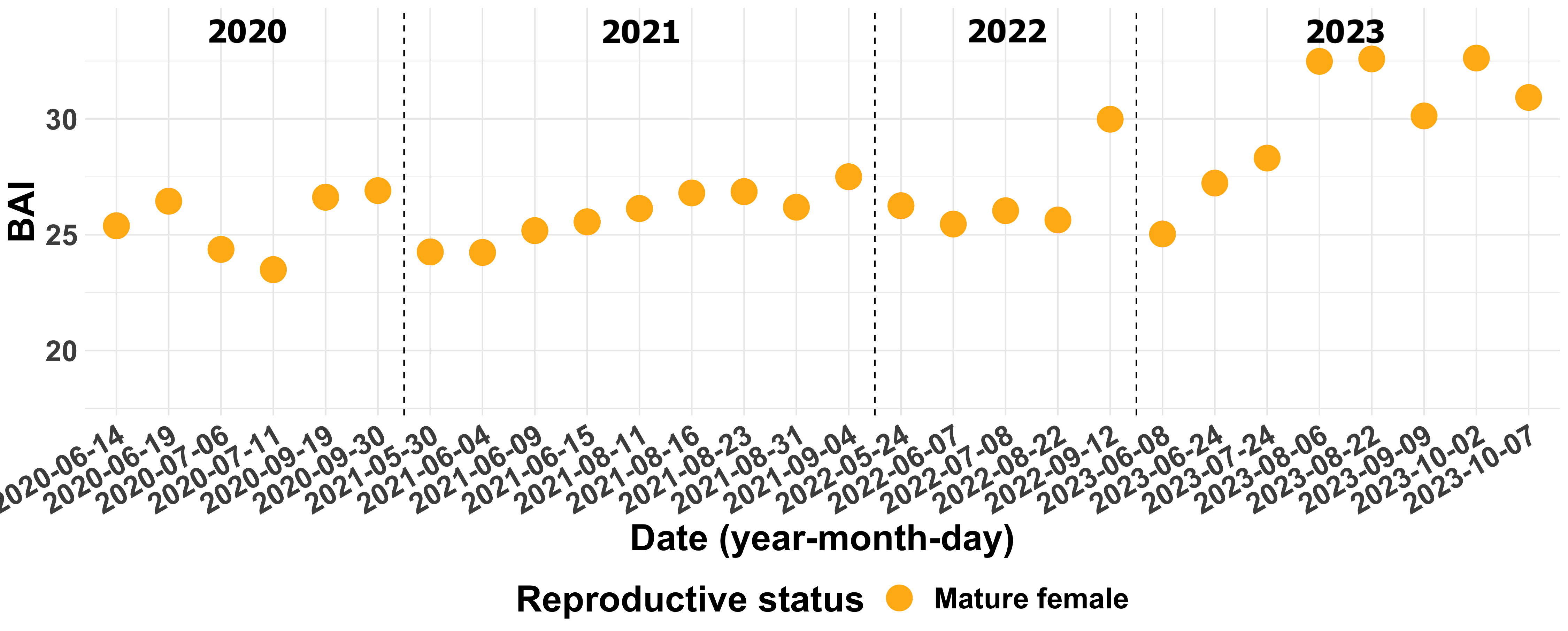Solé (pronounced like olé, but with an S) is a female gray whale who is at least 25 years old (as of 2024), and is one of our most commonly sighted whales in the Newport/Depoe Bay region. Since our study began in 2015, we have seen Solé 70 times. Yet, what is even more amazing about Solé is how our sightings of her all occur in one small area (5.2 km2). This is an incredible level of site fidelity for an animal that can migrate 20,000 km in a year. It is amazing how reliably we found Solé in her “predictable patch of the ocean”, where most of the time we see her foraging, so she must like the prey on the menu here and be very good at catching it. Because we have seen Solé so much, we have a detailed health record of how her body condition and hormone levels have changed over time. Based on her large body size and high hormones, we think Solé might have been pregnant in one year, but she did not return the next summer with a calf. These “lost calves” happen often with whales, sometimes due to health complications, and sometimes because of predation from killer whales. Killer whales target gray whale calves and many calves are killed during their migration north from their wintering grounds in Baja Mexico. In fact, during one of our first sightings of Solé in 2019, we noticed new marks on her dorsal knob that certainly looked like killer whale rake marks. These rake marks were not present in the previous year. Gray whales are exposed to multiple, often concurrent, stressors throughout their lives, including finding enough food in a changing ocean, threats from natural predators like killer whales, and human impacts from increasing ocean noise, vessel traffic, and entanglement in fishing gear. By studying individual whales over a long time period like we do, we are gaining a better understanding of how whales cope with, and respond to, so many potential stress events.
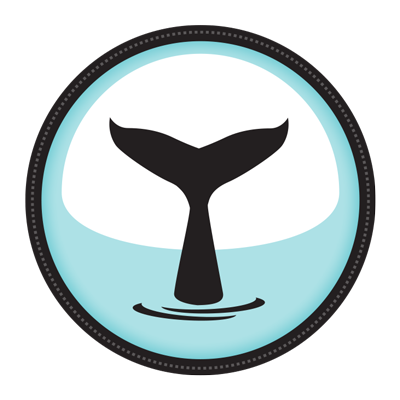
Sole
- Sex: Female
- Also Known As: Bullseye
- First Sighted: 1999
Did You Know?
Solé seems to be a true Oregonian – a home body who knows what she likes and sticks with it!
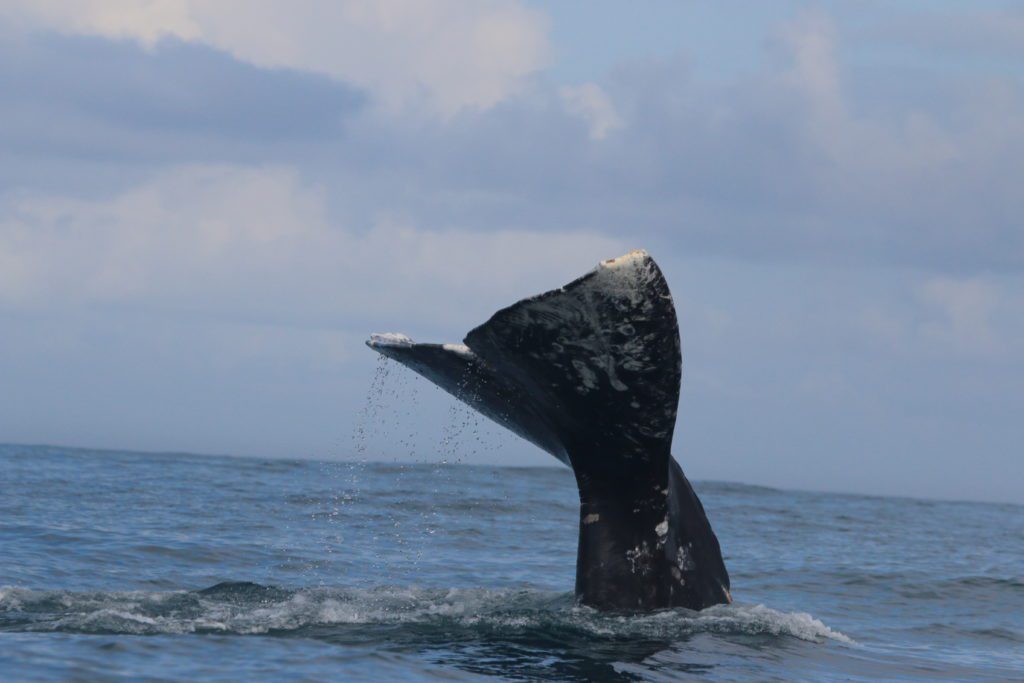
About Sole
Friends of Sole
Nancy Steinberg & Tom & Sam Hurst
#BARINAFOREVER
Susan Teggart
Dirk Lamb
Steve & Kim Sealey
Melissa Lux O’Connor
LaVerne Schott
Facts and Figures
- Sex: Female
- First Identified: 1999
- Est. Length: 12.54 m
- Known Calves Birthed: 3
How to Identify Sole:
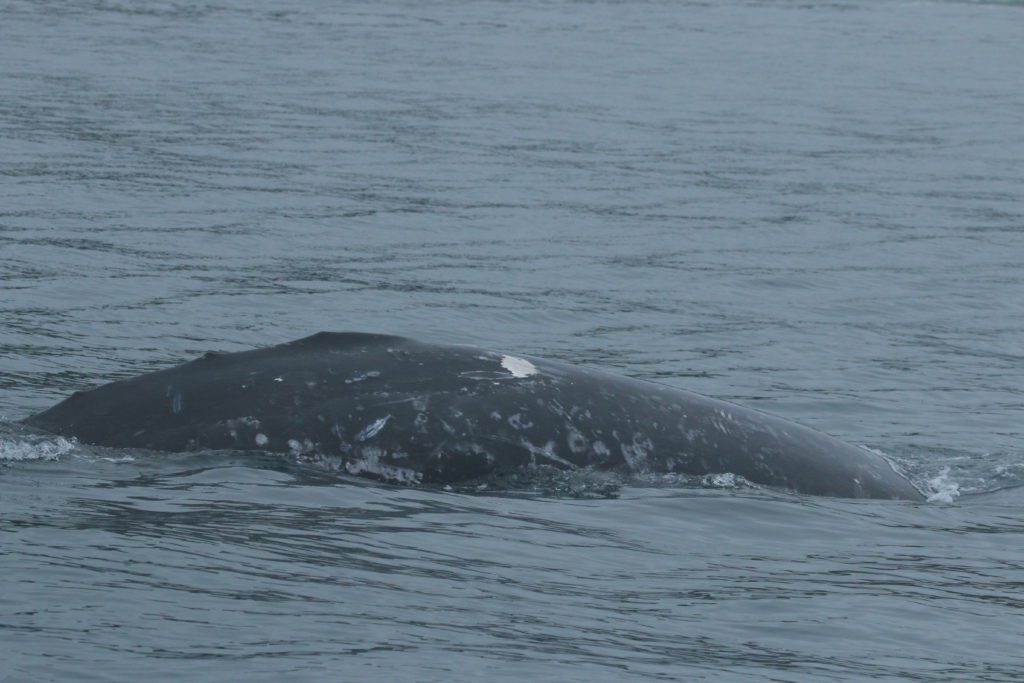
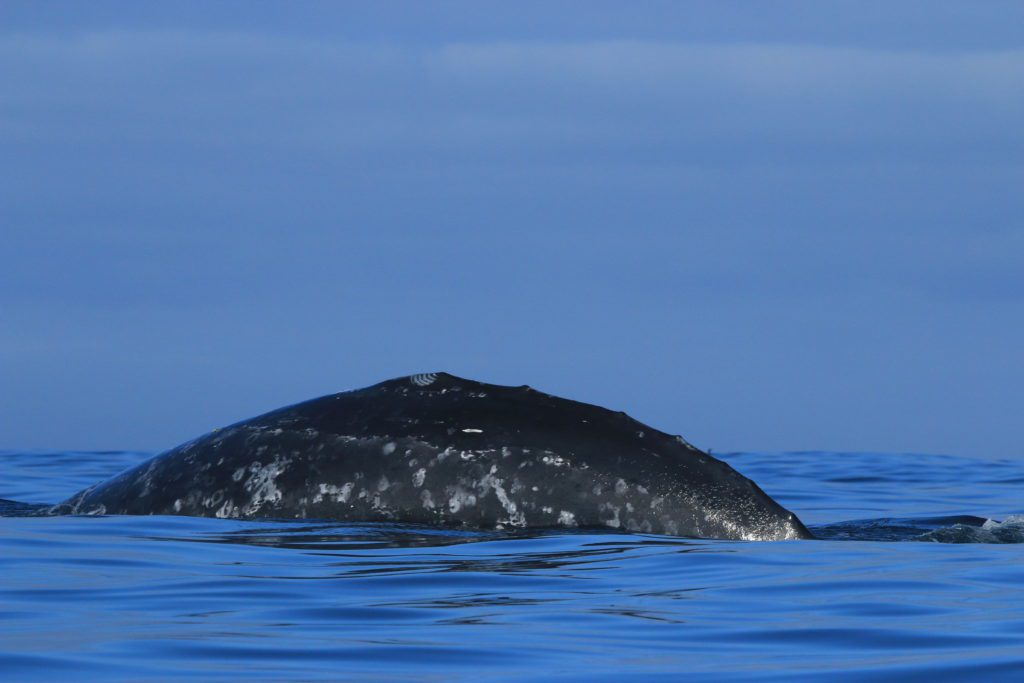
Sole's Health History
Solé is the indisputable champion of our BAI dataset as we have been over to fly the drone over her many times. Of particular interest in this plot, are all of the measurements taken in 2021. The nine measurements which range from May to September show a steady weight gain across those five months. These repeat measurements of Solé within a season are providing us with fascinating insight into how the health and body condition of PCFG gray whales changes throughout the feeding season.
We fly drones over whales and then measure how skinny or fat they are from the images we capture. We compare the body condition of whales using an index called the Body Area Index (BAI), which is like the Body Mass Index (BMI) used to compare the body condition of humans. Small BAI values mean the whale is skinnier and larger BAI values indicate the whale is fatter.

